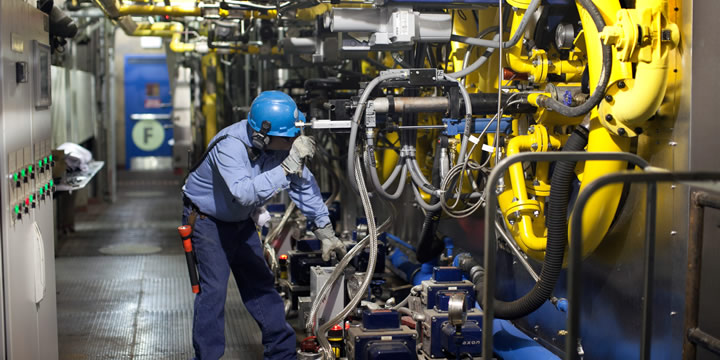Upgrading Generating Stations

Con Edison of New York’s steam system supplies steam for heat, hot water, and cooling to customers in Manhattan, including many of New York’s most famous landmarks. The company’s steam supply from its steam generation stations and the Brooklyn Navy Yard enable many of New York City’s skyscrapers, apartment complexes, and cultural institutions to be built without individual boiler plants, and therefore without chimneys or smokestacks on every building. This eliminates local dispersion of air pollutants at lower elevations.
The company’s steam stations reduced emissions in 2012 primarily as a result of reduced steam generation compared to that in 2011. Two key factors contributed to the reduced steam generation. First, the steam system was operated under an improved operating criteria, second, weather related effects such as a warmer winter created less steam demand on the system.
The steam system’s operating criteria was modified in November 2012 for a second time since December 2010, to lower the average system operating pressure. These modifications came after a detailed assessment of customer pressure requirements. The modifications allow the company to run its most efficient steam production units more frequently, reduce the use of the least efficient units, and allow for more natural gas and less residual oil to be burned, resulting in reduced emissions.
The warmest year on record was recorded at Central Park in 2012. Because the primary use of the company’s steam is for heating, the warmer weather in the heating months called for less steam demand on the system. In addition to warmer weather, in late October 2012, Superstorm Sandy’s unprecedented flooding caused interruptions to steam customers. These combined factors recorded the lowest amount of steam purchased by customers since 1959. In summary, the reduced demand on the steam system resulted in less fuel burned and less emissions.
The company is also moving forward with gas addition projects at its 59th Street and 74th Street Generating Stations. Currently there is limited gas-burning capability at the 59th Street Generating Station, and no gas-burning capability at the 74th Street Generating Station. These projects are expected to be operational by July 2013 at the 59th Street Generating Station and December 2013 at the 74th Street Generating Station to comply with new emissions regulations going into effect in July 2014. While the addition of clean-burning gas at these facilities is an important aspect to the company’s air-emissions compliance strategy, the company is also anticipating significant savings for its steam customers in the near-term due to the lower price of natural gas, which will displace the #6 fuel oil currently burned at the 59th Street and 74th Street Generating Stations. The total annual emissions reductions for both generating stations due to the gas addition projects is estimated to be approximately 148,000 tons of CO2, 500 tons of NOX, 1,000 tons of SO2, and 150 tons of particulate matter. The estimated 148,000 ton reduction in CO2 equates to about a 30 percent and 19 percent reduction for 59th Street and 74th Street Generating Stations, respectively.
